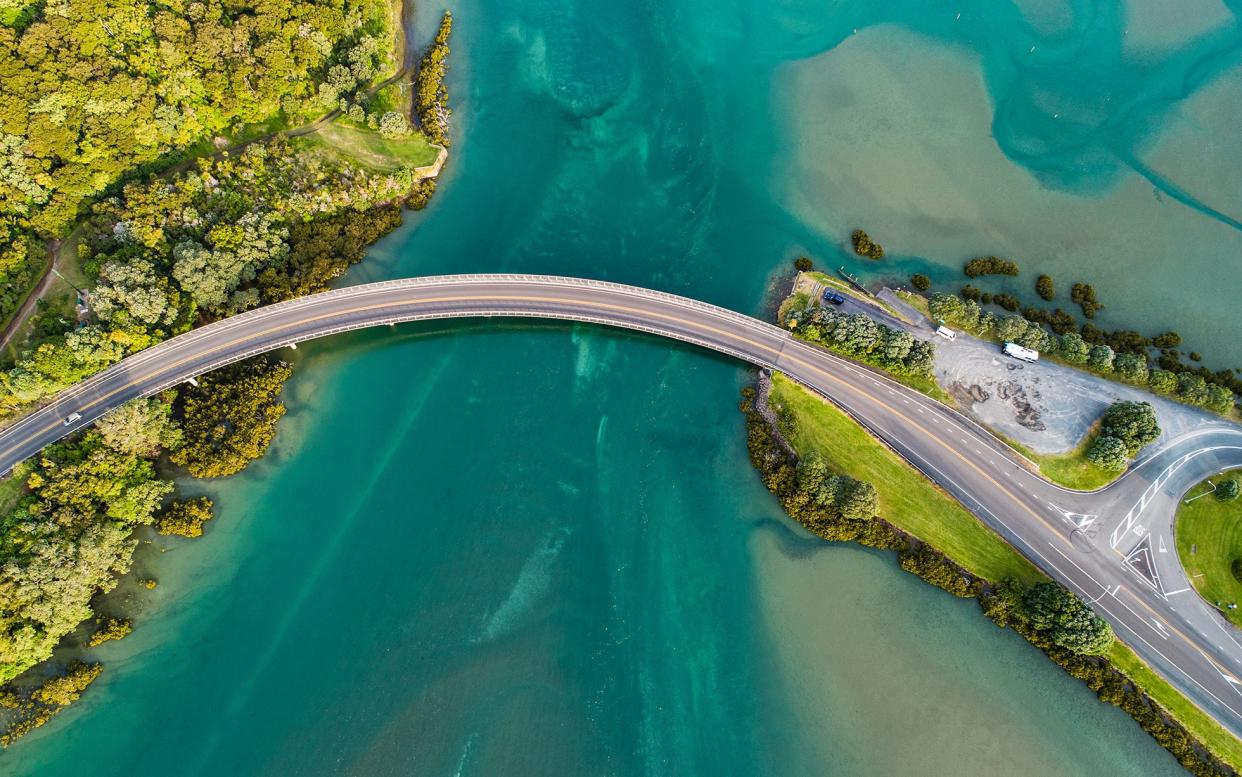Australia and New Zealand hoping for travel bubble in time for Christmas

New Zealand Prime Minister Jacinda Ardern has said travel between New Zealand and Australia could be possible before the end of the year if Covid cases continue to decline.
New Zealand has only 59 active cases and 1,477 confirmed cases in total, while Australia has reported over 27,000 cases and 872 deaths.
A travel bubble between the two countries was first mooted in May, but plans were put on hold after a resurgence of Covid in recent months in the southeastern state of Victoria.
New Zealand, which is often held up as a country that has managed Covid-19 particularly well, also saw a spate of new cases in August after a cluster emerged in Auckland. However, effective contact-tracing prevented a major outbreak.
Australia’s cases are back under control now, too. Yesterday, the country only reported four positive cases of Covid-19.
Since Australia’s cases have levelled out, Ardern has said a bubble by the end of the year is “possible”.
In an interview with TVNZ, Ardern said on Monday that Canberra originally wanted an Australia-wide approach. “We said that would slow things down,” she said.
Instead, a ‘hotspot’ approach has been suggested, allowing travel to open up depending on the number of cases within an Australian state.
Queensland, for example, has only reported six deaths since the beginning of the pandemic so would be a likely candidate for an early travel corridor. Victoria, on the flipside, has had 787 deaths and could remain off the cards for now.
“What we would need to be assured of is that when Australia is saying 'okay we've got a hotspot over here', that the border around that hotspot means that people aren't able to travel into the states where we are engaging with trans-Tasman travel,” Ardern said.
Australian politicians have publicly supported the idea of a travel bubble. However, details on how and when it will come into force, and whether arrangements would be reciprocal, lie in the hands of New Zealand, which has a stringent ‘zero Covid’ threshold.
“Ultimately, whether New Zealand opens up to Australia will be a matter for New Zealand,” Australia’s Tourism Minister, Simon Birmingham, told Nine News on Sunday.
It is thought that only New Zealand residents from the country’s South Island, which is deemed to be ‘Covid-free’ right now, would be allowed to travel in the first instance.
In the early days of the pandemic, travel bubbles were put forward as a way of opening up tourism economies, but many have stalled.
South Korea proposed a four-country arrangement with Taiwan, Thailand and Singapore, while Japan, which enacted one of the world’s strictest travel bans at the pandemic’s outset, suggested the idea to 10 other Asian countries, including China, South Korea, Singapore and Malaysia.
But cases have since spiked across Asia, and some tourism officials are suggesting borders won’t reopen until 2021 at the earliest.
“I see no signal from the government that the country will open this year,” said Chattan Kunjara Na Ayudhya of Thailand’s Tourism Authority.
“The Christmas period, usually the high season, is in jeopardy and I’m looking horribly even to Chinese New Year, in February, which is an iffy proposition at best now. Unfortunately, this is not a rosy picture.”
Europe has been more successful at opening up travel between countries. In June, borders reopened, although over the last few months a number of countries have imposed new travel bans on other countries due to rising cases of Covid-19.
The UK’s travel corridor list was first unveiled on July 11, and featured 59 countries that British holidaymakers could visit without needing to quarantine on their return. Since then, a number of top holiday destinations including France, Spain, mainland Portugal, Croatia and a score of Greek islands have been removed from the ‘green list’.
Europe is said to be considering a traffic light system, colour-coding countries based on their coronavirus infection rates.